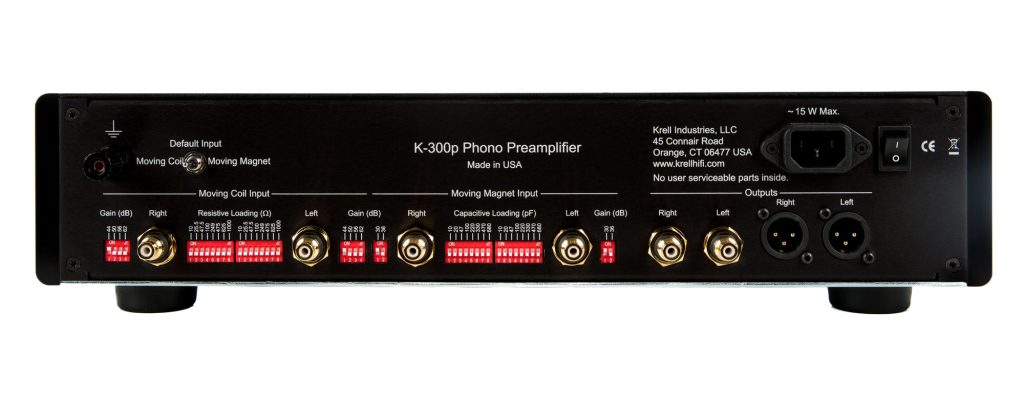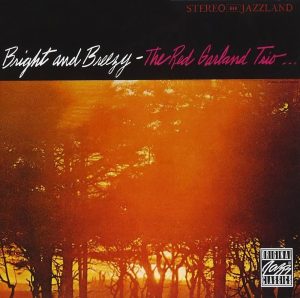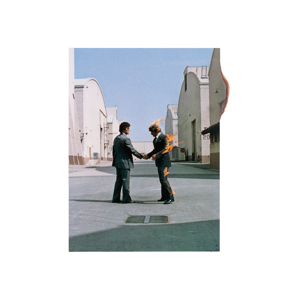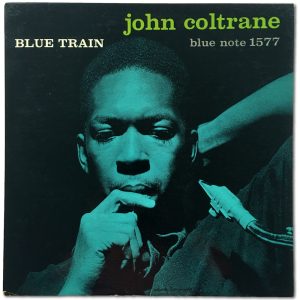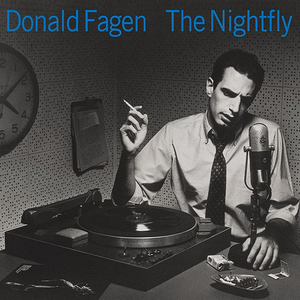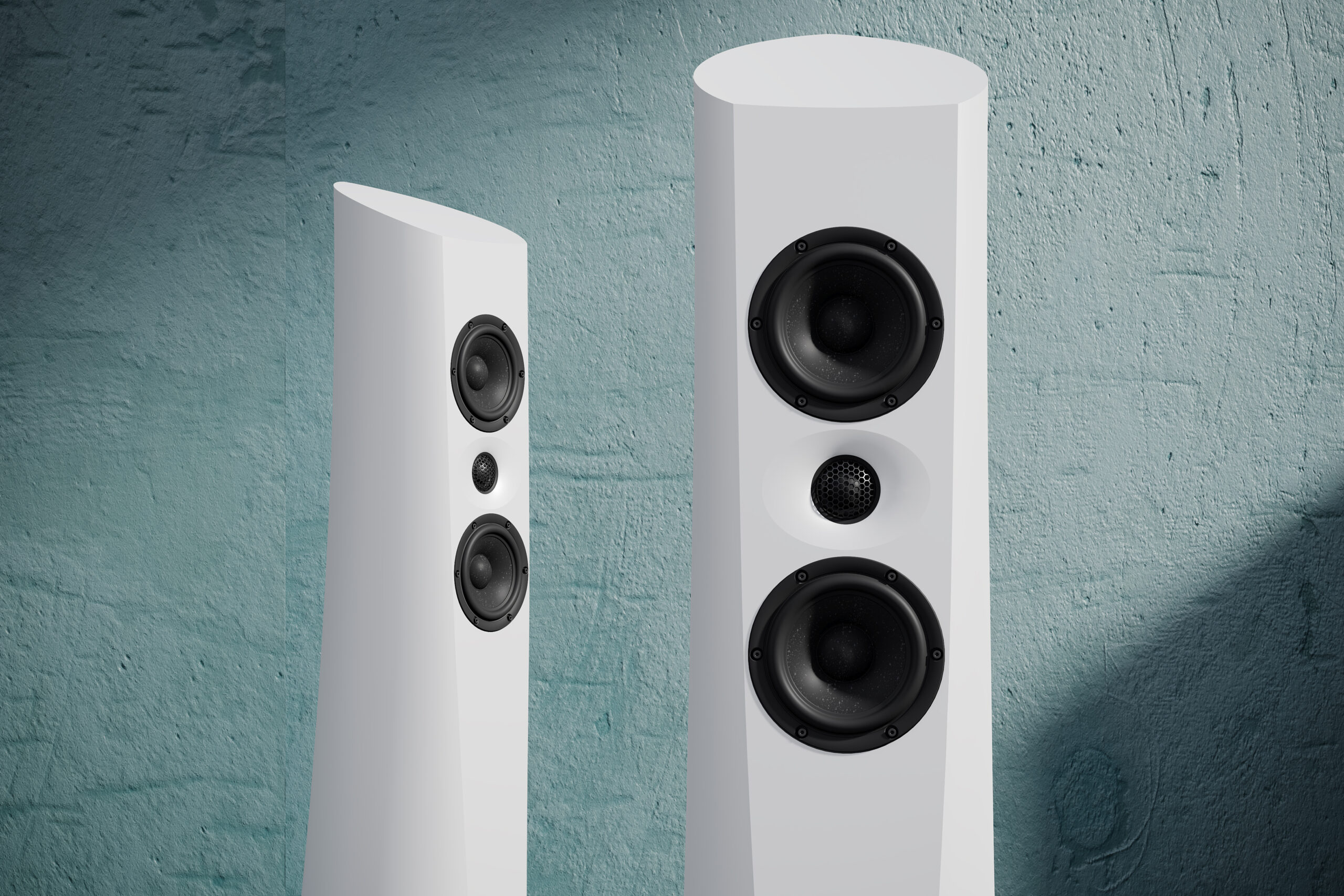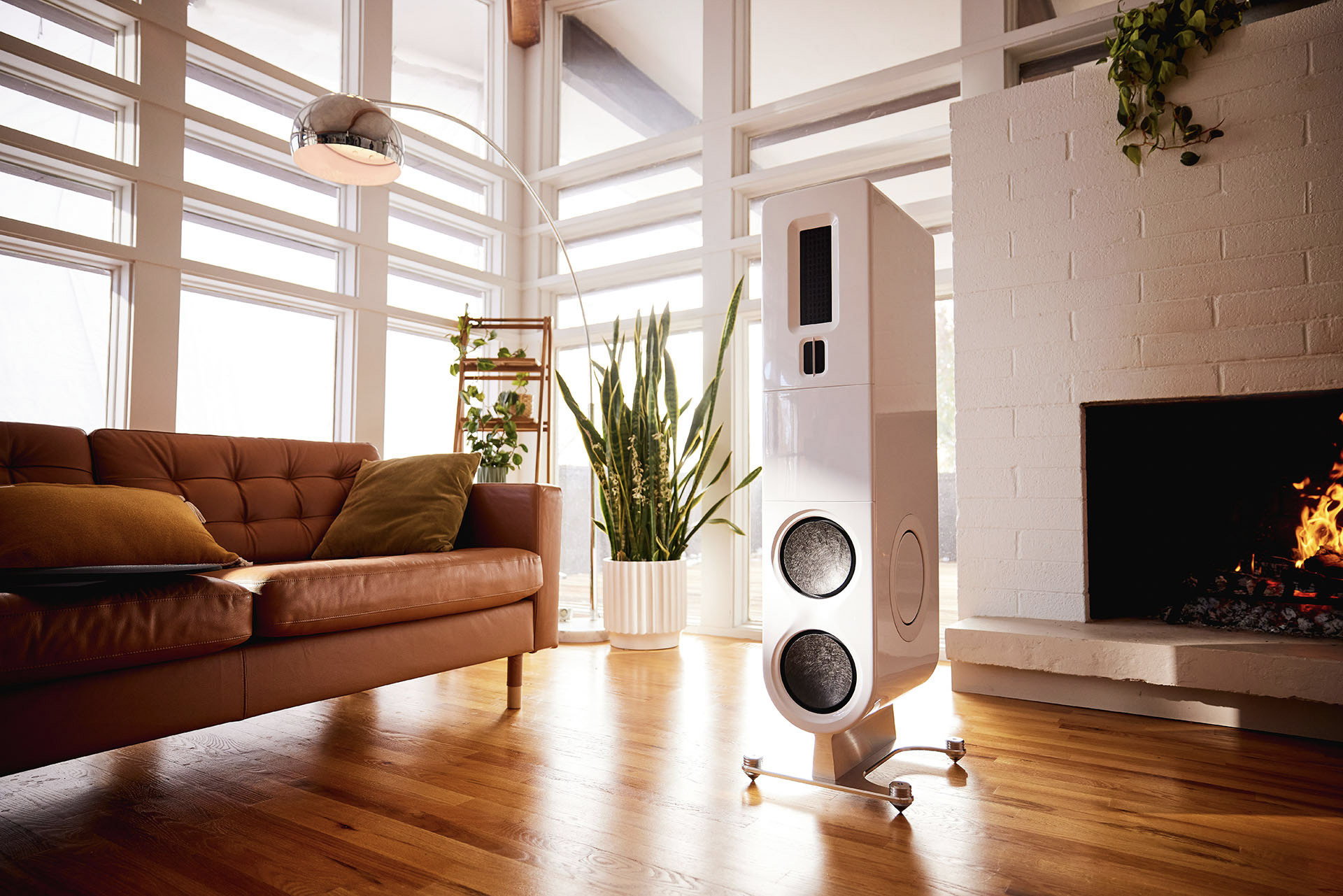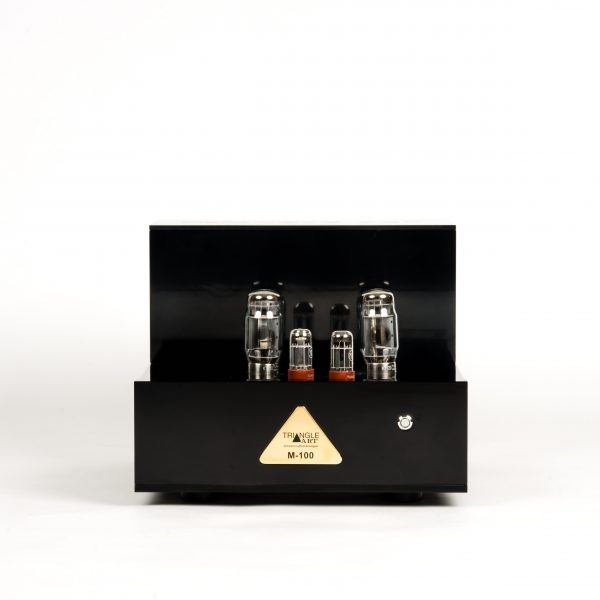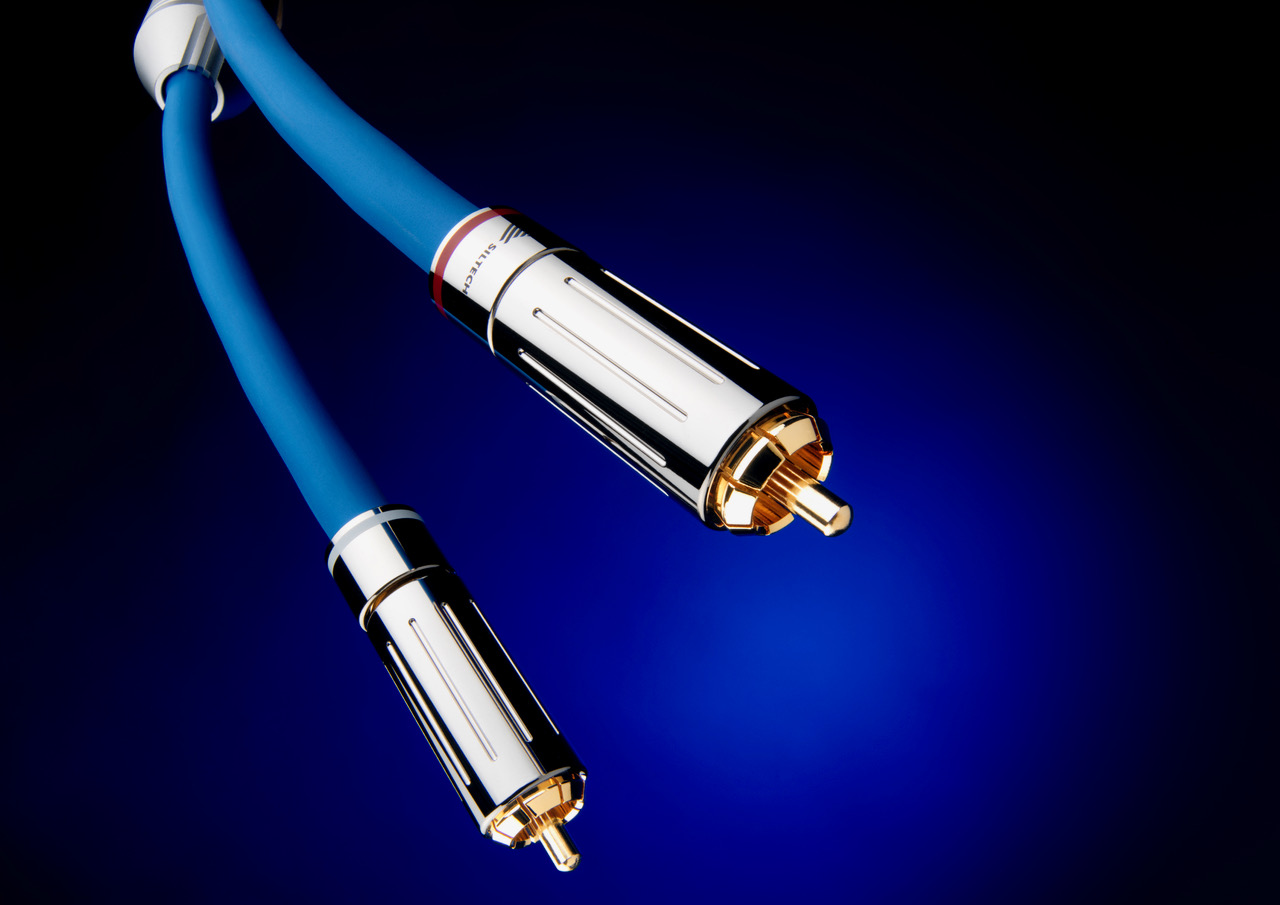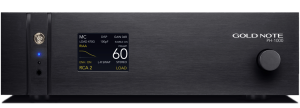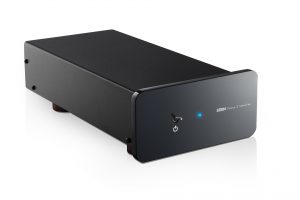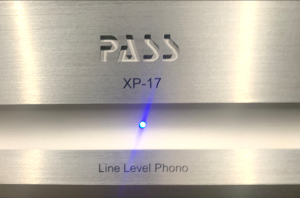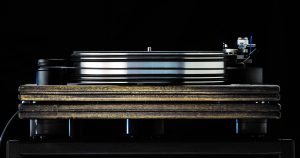One of the hooks that grabbed me when I first fell for high end audio was that it totally aligned with my need to obsess over whatever brand of gizmo or gadget that caught my eye. After all, my entire childhood was defined by a series of brands I'd obsess about from the likes of Hasbro to Revell, AFX, Tyco, Tamiya, and Adidas.
Carrying my childlike mindset into my young adulthood, it's no surprise I quickly took on high end audio and its plethora of brands full of big shinny objects as an interest to obsess over. And of all the brands that stitched this hobby together, Krell was the first brand that I couldn't shake off, and has maintained its obsession-worthy status to this day. From the KSA100 through the KSA, FPB amps, and nearly every preamp and Digital incarnation, I either owned it or dreamed of owning it and or reviewed it. To this day I'm probably more familiar with Krell than any other brand.
Krell has had very few phono stages along the way, though the KPE was very well regarded and still has a pretty active following. With the KP300p, Krell is having a "hold my beer" moment among today's well known phono stages.
The K300p is very solidly built yet weighs in at a modest 10lbs. Around back are the impedance and gain adjustment dip switches, main power switch, and one set of RCA/XLR inputs and outputs. On the front there is a very useful subsonic cut off, and the MM/MC cartridge selector buttons. I don't see a cartridge that would present demand the K300p couldn't handle. My turntable is the Triangle Art Signature. Cartridges used were the Ortofon Winfield Ti Anniversary and Triangle Art Zeus MC.
Getting up and running is a pretty straightforward affair. With The K300p placed atop a Bassocontinuo carbon and leather isolation stand, I set the loading for 100 ohms and max allowable gain.
I come to this review having experience with some pretty good phono stages. My last phono stage was the Boulder 1160 and previous to that, the Dan D'Agostino Momentum. I also had the Boulder 508 and Behold phono stage. The Boulder 1160 and D'Agostino are undeniably big hitters with price tags to match. At $6500 for the Krell, my expectations were properly tempered.
Once the music began, any need for proportionality went out the window. No need for qualifiers, apologies, or excuses. The K300p struck me just right. Kicking it off as my reviews often do was Red Garlands' Bright and Breezy. "On Green Dolphin Street" is a song that was often played when I was growing up by my father on his Zenith credenza. Being a great jazz pianist, he played it on the piano for me every year on my birthday no matter where in the world I was. He studied with Red and possessed a strikingly similar feel and sensibility for playing. I mention all this for context. If the Krell did anything to diminish my involvement, I'd know it immediately. On top of all these qualifiers I have listened to this album through incredible phono stages that dwarfed he K300p in price. I can't over state this, the K300p sounded phenomenal. I couldn't for the life of me reconcile what I was hearing with the asking price of $6500. The vintage-ness of this recording wrapped the music in the nostalgic soundscape from which it came without suffering any undue compression, veiling, or washing out of tonal color I have experience through much of the gear I've used, be it analog or digital. Staged in the classic left-center-right-pano-matic staging of the day, Red's piano is set back a few feet center. The K300p is so good, so solid in its presentation, every note flies out, launched with all the energy the music deserves. Sam Jones on bass and Charlie Persip on drums get it so right. On "I Ain't Got Nobody" they let loose and the Krell just leans back tapping its foot. The music is in the pocket, as they say. "You'll Never Know" slows things down, yet depends on subtle dynamic shifts as well as right hand dynamic punctuation. Some of these notes can get shrill, not through Krell. There is not a hint of hardening. "Blues in the Closet" is the most up tempo track a real showcase for Persip. The drums from the tom and snare heads to the cymbals, while not demonstrating the ultimate dynamics of a more modern recording are nonetheless entirely convincing.
On a recent visit to fellow reviewer Howard Kneller of The Listening Chair, we settled into Pink Floyd's Wish You Were Here. The opening track features an intro that swells from the silence with various whirring synth sounds and tinklings over a steadily growing synth minor chord. I'll never forget how his system, fronted by top of the line Esoteric digital, really dug deep and rendered this passage so completely. Now you may ask why should such a relatively benign piece of the music make such an impression? Because I've heard this album 10,000 times since its release in 1975, and like a long-held lover there are very few surprises left. Through the K300p the delicate transients and light reflected within the silences are revealed in much the same way as it was in his mega buck digital font end. This caused me to really sit up take notice of what was to come. "Shine on You Crazy Diamond" transitions from its mysterious vibe into a blues driven sax solo that sounds rounded, incisive, and sweet, never sounding edgy or forced. "Welcome to the Machine" is a straight up fever dream about the journey into fame and its soul depleting machinations. The ping-ponging imaging extends beyond the speakers' outer boundaries, creating a huge soundscape from which there is no escape, much like the victims sealed fate of being trapped in the machine of the music industry. This track presents a very wide range of sounds and textures and through the K300p, they never flatten or homogenize.
One of my most treasured albums is the clear vinyl 45rpm John Coltrane Blue Train from Classic Records. This fantastic pressing gives the incredible music its due, and the K300p lets it all happen.
From the opening track "Blue Train," the K300p allows the bouncy swagger of all involved to carry the music down the tracks with great forward momentum. I've heard this recording sound a bit flat before, but not here. Paul Chambers bass playing chugs along sounding full yet open and very tuneful. Kenny Drew's piano is articulate and dynamic. And Coltrane's horn twists and turns through his solo with the verve of an anaconda on the chase.
Track 2 "Moment's Notice" continues with the lively dynamics and Coltrane's horn… is perfect. I'm not being glib. From the imaging to the texture, the tonal completeness, the K300p does nothing to pull at the fabric of the tone. It's liquid, it's free, and that goes for Lee Morgan's trumpet as well. The K300p is at once there and not there. Its character defined as much by what it does by doing nothing. This is the description normally saved for mega buck components. The K300p earns this descriptor honestly and compared to other phono stages, despite its modest price.
Listening through the Estolon Aura speaker (review to come) shows how little noise and how completely the K300p allows for space to surround each discrete image. Donald Fagans' too cool for school vibe laden Nightfly holds together incredibly well while allowing all the bits and pieces to play peak-a-boo within the mix, keeping this listener's ears peeled no matter how many times, now in the thousands, I've listened to this masterpiece. "Ruby Baby," my favorite song on the album probably for its blues influenced structure, the song is full of punctuated bass and brass. The K300p's super clean transient abilities allows these hits to strike sharply, creating an incredibly rhythmic full body groove.
While everything I've described so far takes my impressions of the K300p to the five yard line. It's clean and noise free? Check. Images, in spades. Rhythmic? Oh yeah. These are all musts for a phono stage to be considered top of the line.
But there is one last quality that ties all these traits together and punches it into to the end zone.
The K300p allows for a completely organic presentation. There is simply no sign of, not even a hint of, electronic haze, glaze, grit, or grime. I also found this true of the K300i integrated amplifier I reviewed and subsequently added to my system on a permanent basis. Here is where this generation of Krell components break totally free from its storied past. As much as I found the older generations of Krell entertaining, they simply can't hold a candle to what is being offered here. Yet even as great the improvement, there is no mistake this is Krell, and Krell at its best.
For me, it's the singular way Krell presents the mid and low bass. A very strong generational resemblance for sure.
I field questions from my friends on the Krell owner's Facebook page on occasion as to whether the new gear is really that much better. Yes, yes it is. Don't take my word for it, or then again, save yourself a bunch of extra time and work and take my word for it. I encourage anyone who may hold some healthy skepticism to do what's necessary to find out for yourselves. Whether it's the K300i integrated or the subject here, the K300p, these components deserve a wide audience and as full throated recognition as as one can give.
K300p Phono Stage
Retail: $6500
Krell





